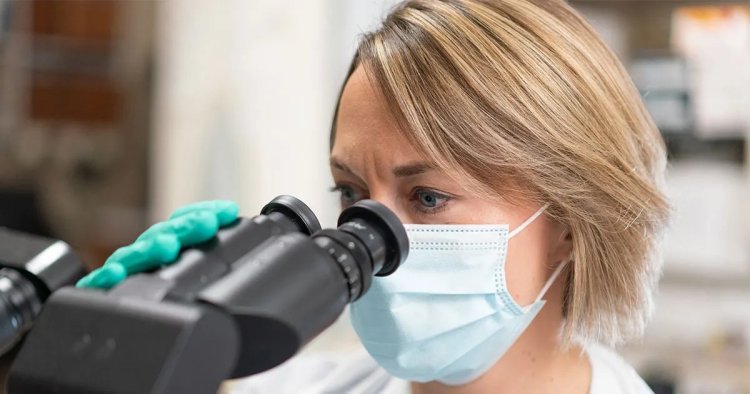Study discovers tool that help to improve liquid biopsy

California, US: A team of researchers led by Xianghong Jasmine Zhou, PhD, professor of Pathology and Laboratory Medicine at UCLA's David Geffen School of Medicine, has made significant progress in addressing one of the primary obstacles in cell-free DNA (cfDNA) testing, popularly known as liquid biopsy.
They discovered particular methylation patterns that are unique to each tissue, which might aid in identifying the precise tissue or organ involved with cfDNA abnormalities detected by testing, a major hurdle for accurate illness diagnosis and monitoring.
Cell-free DNA has great promise for disease identification and monitoring. However, reliably measuring tissue-derived cfDNA with existing methodologies has proven difficult, as has establishing the tissue origin of cfDNA fragments found in these tests.
In a new study, published in Proceedings of the National Academy of Sciences (PNAS), a peer reviewed journal of the National Academy of Sciences (NAS), the team developed a comprehensive and high-resolution methylation atlas based on a vast dataset of 521 noncancerous tissue samples representing 29 major types of human tissues. They call the approach cfSort, and showed it successfully identified specific methylation patterns unique to each tissue at the fragment level and validated these findings using additional datasets.
Going further, the team illustrated the clinical applications of cfSort through two potential uses: aiding in disease diagnosis and monitoring treatment side effects. By estimating the tissue-derived cfDNA fraction using cfSort, they were able to assess and predict clinical outcomes in patients.
"We have shown that the cfSort outperformed the existing methods in terms of accuracy and detection limit: making more accurate tissue fraction estimation and distinguishing a lower level of tissue-derived cfDNA," said first author Shuo Li. "In addition, the cfSort demonstrated nearly perfect robustness toward the unseen local fluctuations of tissue compositions, indicating its wide applicability to diverse individuals."















































